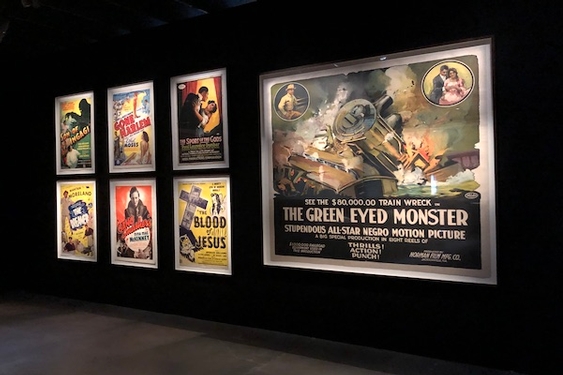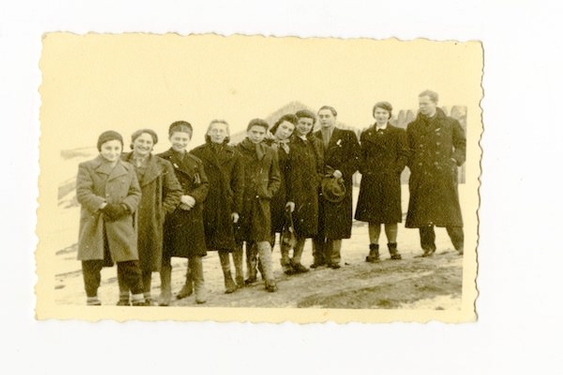The Academy Museum of Motion Pictures will be celebrating its one year anniversary later this month. It's latest exhibit is Regeneration: Black Cinema 1898–1971. This exhibition explores the visual culture of Black cinema in its manifold expressions, from its early days to just after the civil rights movement.
Regeneration tells its story through seven galleries and themes. “Introduction” considers the social and political situation of Black Americans at the dawn of cinema in the United States. “Early Film” looks at the representation of Black people in cinema from 1897 to 1915. Pioneering independent Black filmmakers such as Oscar Micheaux and films made for Black audiences from the 1910s to the 1940s are examined in “Race Films.” “Music and Film” takes stock of Black music in American film, from Black musicals to the lost art of the “soundie.” “Stars and Icons” shines a light on Black stardom. “Freedom Movements” documents a set of cinematic stories and careers born in changing times and politics. “Agency” tracks Black directors' daring and pioneering paths during the civil rights movement.
Among the over 225 original objects on view in Regeneration, visitors will encounter photographs, scripts, drawings, costumes, moviemaking equipment, posters, and original contemporary artworks. Highlighted objects include never-before-shown costume drawings from Carmen Jones (1954); promotional glamour portraits of dozens of leading Black film stars; costumes worn by Lena Horne in Stormy Weather (1943) and Sammy Davis, Jr. in Porgy and Bess (1959); cowboy boots worn by Herb Jeffries in Harlem on the Prairie (1937); a 1920s camera from the Norman Film Company, a producer of race films; a Mills Panoram “soundie” machine from the 1940s; tap dance shoes from the Nicholas Brothers; and one of Louis Armstrong’s trumpets. The in-gallery experience will also be enhanced by two augmented reality experiences designed specifically for the exhibition, one looking at the geography of early Black film production and the other offering a taste of vintage Black Hollywood’s glamour.
The exhibition also features rarely seen excerpts of films restored by the Academy Film Archive and clips from other narrative films, documentaries, newsreels, and home movies. Several film series will also accompany the exhibition featuring films from cinema’s infancy in the 1890s to the early 1970s, from a series showcasing silent film pioneers such as writer-producer-director Oscar Micheaux to an in-depth look at independently produced, genre-defying works of innovators such as Melvin Van Peebles.
The Academy Museum has also produced a complementary microsite, which offers a wide range of informational and educational assets. As the show's permanent digital home, the site extends Regeneration’s themes and delivers a rich content experience to both exhibition visitors and curious audiences engaging from home. In addition to original articles, essays, and curricular materials, the site offers introductory excerpts of the show's print catalogue and an interactive database capturing the films, filmmakers, and production companies examined in the show.
For more information about Regeneration and to reserve tickets, visit AcademyMuseum.org .





